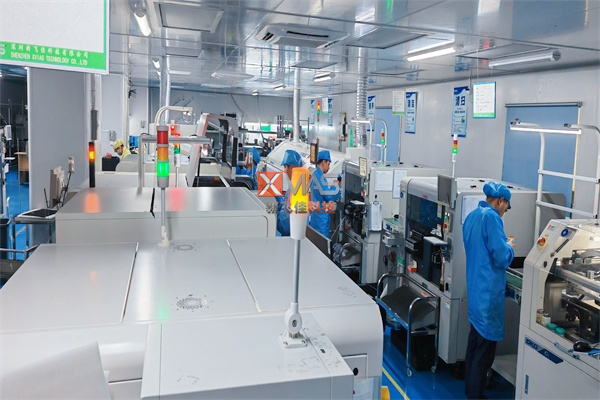In SMT chip fabrication, special manual welding techniques are required for chip components with no leads at both ends. Here we will introduce three commonly used methods:
The first method is to weld each solder joint one by one, which is a basic but practical method. You need to carefully clamp the components with tweezers and accurately place them on the corresponding solder pads. Then, use a fine bristled pen to dip in the flux, or apply a small amount of flux to the solder pads at both ends using the flux pen. Next, use a chisel shaped soldering iron tip and add an appropriate amount of soldering wire with a diameter less than 0.5mm. When the soldering iron head comes into contact with the solder pad, heat it quickly for about 25 minutes, and then remove the soldering iron. The same method is also applied to the other end of the solder pad, with a heating time of approximately 2 seconds. It should be noted that during the welding process, the components should always be tightly attached to the solder pad to prevent one end of the component from floating.
The second method is to use specialized tools for welding. Firstly, place the components and align them in position, then secure them with tweezers. Next, apply flux to both ends of the solder pads. Then, tin the horseshoe shaped soldering iron head. Afterwards, use a horseshoe shaped soldering iron to heat both ends of the solder pads simultaneously for about 2 seconds, and then remove the soldering iron.
The third method is to use a flat soldering iron head for rapid welding. Firstly, place the components and align them in position, then secure them with tweezers. Next, apply flux to both ends of the solder pads. After tinning the flat soldering iron head, heat both ends of the solder pads simultaneously from the side of the component for about 2 times, and then remove the soldering iron.
When welding each solder joint, attention should be paid to the following details:
1. Cleaning: The solder joints must be clean and free of oxides, dirt, or other impurities, otherwise it will affect the welding effect.
2. Temperature control: The temperature of the soldering iron head should be moderate and not too high or too low. Too high may cause component damage, while too low may lead to poor welding.
3. Time control: Welding time is also important. The welding time of each welding point should be properly controlled, as either too long or too short may affect the welding quality.
4. Solder quantity: The amount of solder used should be appropriate, as too much or too little can affect the welding effect.
5. Flux: The use of flux can help remove oxides and improve welding efficiency. But pay attention to the amount of flux used, not too much or too little.
6. Operation skills: Be careful and steady during operation to avoid welding failure caused by shaking hands or improper operation.
7. Inspection: After welding is completed, each welding point should be inspected to ensure welding quality. If there are any defective solder joints, they should be repaired in a timely manner.


